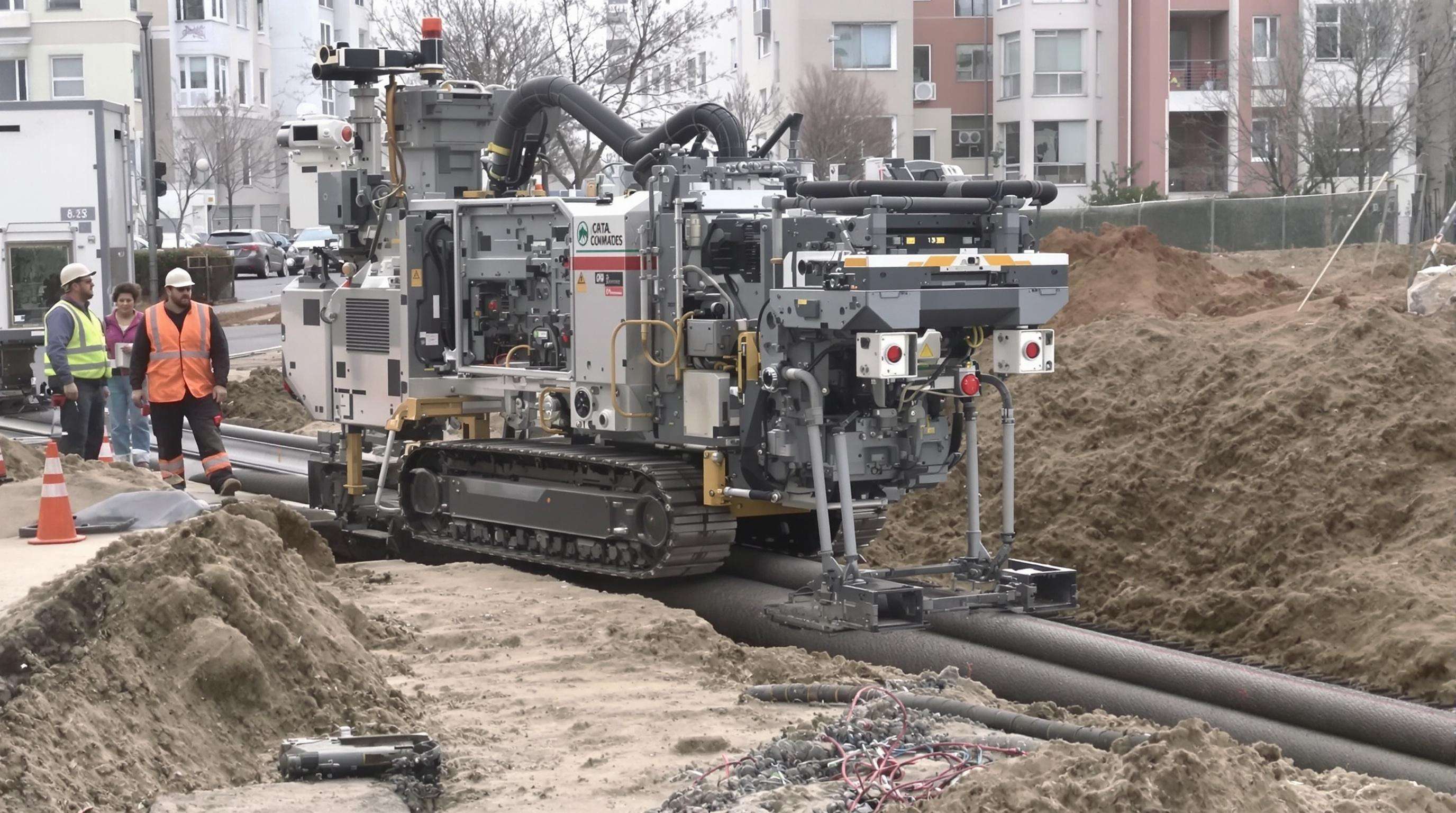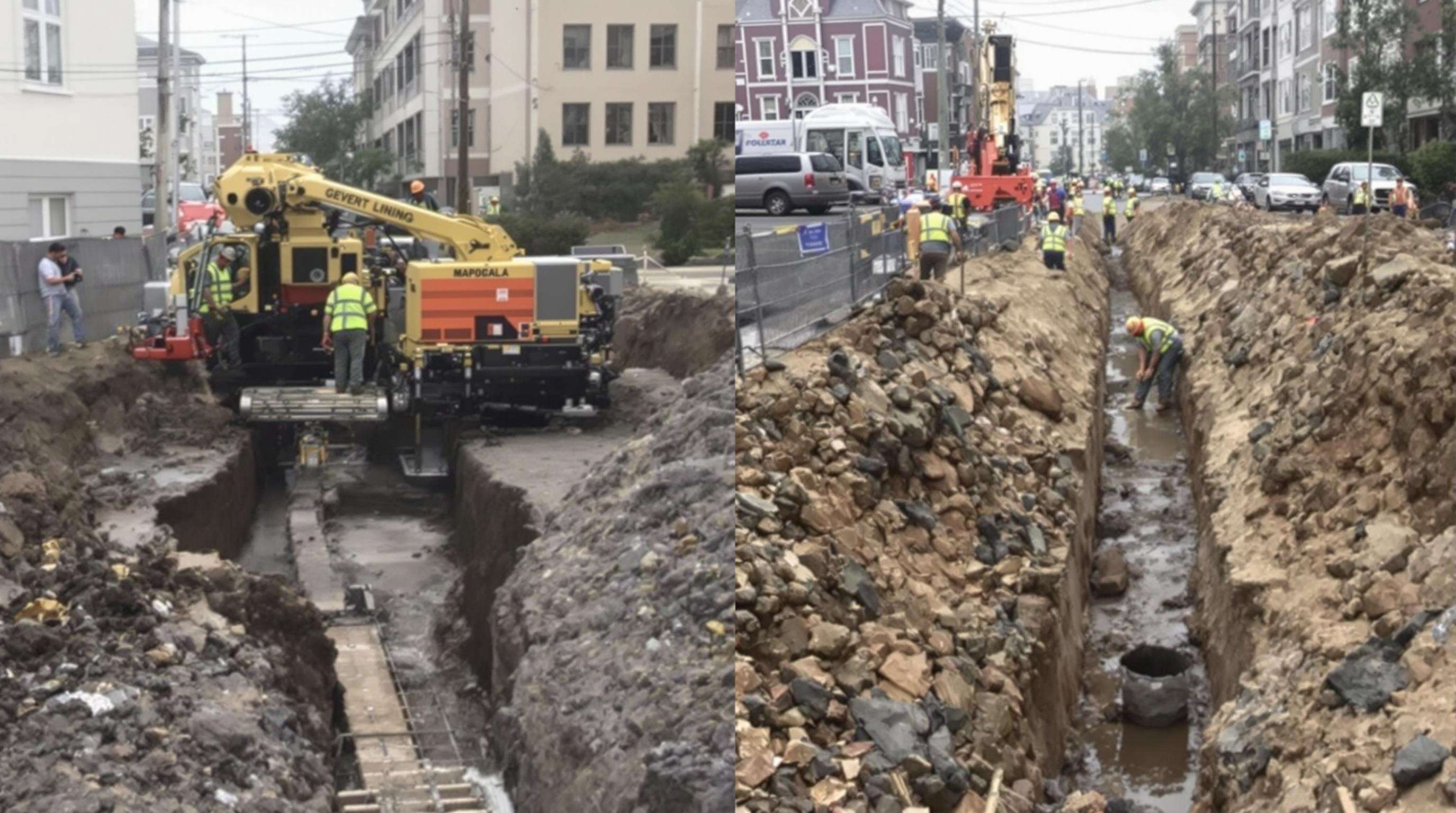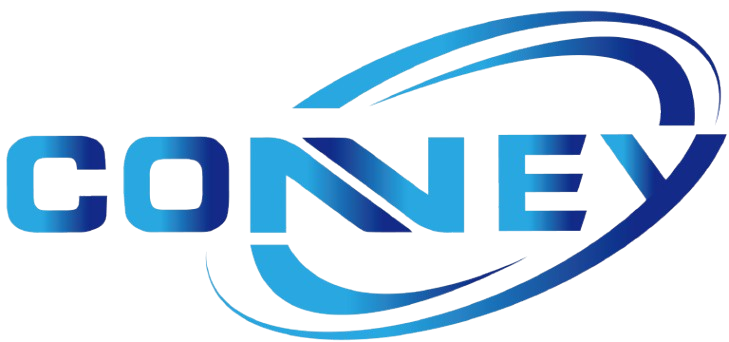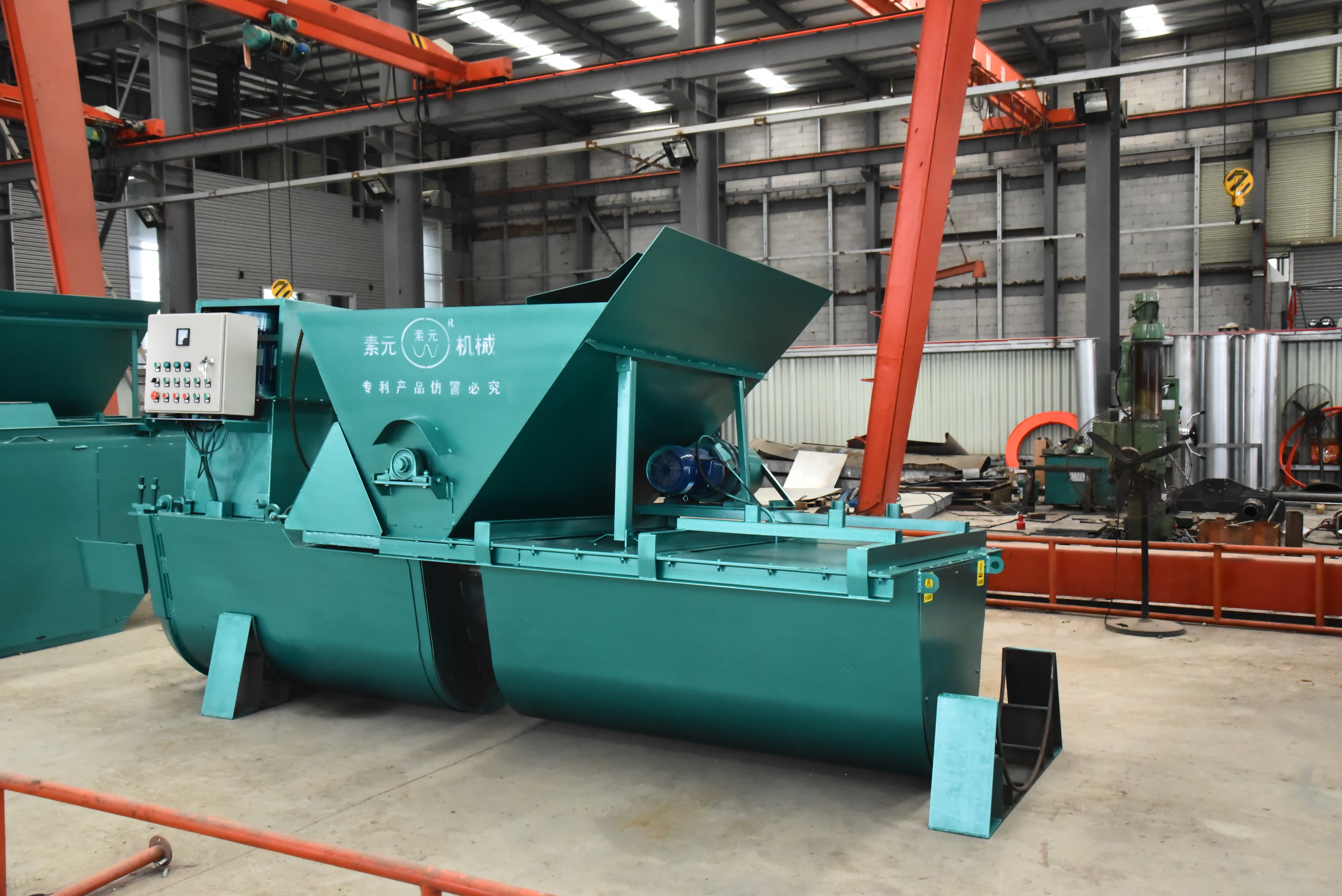بڑھتی تقاضا خندق کا لائننگ مشین شہری ترقی میں
خندق کا لائننگ مشین پوری دنیا کی مارکیٹ اس وقت بڑھتی ہوئی شہری کاری کے زیر اثر ہے جہاں قدرتی سطحیں اور مناظر آہستہ آہستہ کنکریٹ کے جنگل کو راستہ دے رہے ہیں۔ جیسے جیسے شہر بڑھتے ہیں، ان کا پانی کا بنیادی ڈھانچہ پرانا ہوتا جاتا ہے اور سیلاب، آلودگی اور مٹی کے کٹاؤ سے بچنے کے لیے اپ ڈیٹس کا مطالبہ کرتا ہے۔ دبئی کے 2040 کے منصوبے جیسے بڑے پیمانے کے منصوبے جدید تعمیراتی عمل پر زور دیتے ہیں، اور خندق کے بغیر ٹیکنالوجیز ان کی کامیابی کا مرکز ہیں۔ کھائی لیس مشینری کی مارکیٹ میں 2032 تک 7.2% CAGR بڑھنے کی توقع ہے، کیونکہ یہ کم سطحی خلل اور تیز تر پروجیکٹ کے نظام الاوقات بمقابلہ عام کھدائی (Trenchless Machinery Market Analysis, 2023) فراہم کرتا ہے۔
نیرو دچ لائننگ مشینیں میونسپل واٹر چینلز کے لیے قیمتی اور ماحول دوست آپشن کے طور پر کام آتی ہیں۔ خودکار نظام کے استعمال سے محنت کے اخراجات تک 40 فیصد تک کم ہو جاتے ہیں جس سے لمبے عرصہ تک چلنے والے پولیمر یا جیو ٹیکسٹائل لائینرز کی درست انسٹالیشن ممکن ہوتی ہے۔ یہ مواد شہری نکاسی کے سخت ای پی اے قوانین کے مطابق رساو کو کنٹرول کرنے میں بھی مدد کر سکتا ہے۔ ان مشینوں کے استعمال کرنے والے شہروں نے رپورٹ کیا ہے کہ دیکھ بھال کے مسائل میں 30 فیصد کمی آئی ہے، جو عوامی بنیادی ڈھانچہ فنڈز کی بچت میں ان مشینوں کی اہمیت کو ثابت کرتا ہے۔
دچ لائننگ مشین کی کارکردگی میں تیکنیکی نوآوریاں

جدید دچ لائننگ کے سامان میں خودکار نظام اور حقیقی وقت کی معیار کنٹرول کو یکجا کیا گیا ہے، جس سے آپریشنل مدت تک 40 فیصد تک کم ہو جاتی ہے اور مرمت کے اخراجات کو کم کر دیا جاتا ہے۔ درست انجینئرنگ مختلف مٹی کی حالت کے تحت مستقل کارکردگی کو یقینی بناتی ہے۔
درست انسٹالیشن کے لیے خودکار ہم آہنگی نظام
جی پی ایس اور لیزر گائیڈڈ ٹیکنالوجی سینٹی میٹر سطح کی درستگی کو یقینی بناتی ہے، جھکاؤ انحراف کو ختم کر دیتی ہے اور مرمت کی ضرورت کو 75 فیصد تک کم کر دیتی ہے۔ سینسر جاری طور پر گہرائی اور محاذ کی نگرانی کرتے ہیں، روایتی طریقوں کے مقابلے میں روزانہ تنصیب کی پیداوار کو دوگنا کر دیتے ہیں۔
غیر نالی آپریشنز میں حقیقی وقت کی نگرانی کی صلاحیتیں
آئی او ٹی کے ذریعہ ممکنہ نظام سامان کی شہد داری، زیر زمین درجہ حرارت اور علاج کی شرح کو ٹریک کرتے ہیں۔ پیش گوئی کی بنیاد پر رکھ رکھاؤ کے اعداد و شمار سے 30 فیصد تک آلات کی بندش کو کم کیا جاتا ہے جبکہ پائپ لائن کی معیاری ضمانت میں اضافہ ہوتا ہے۔
ماحول دوست مواد کی درخواست کے عمل
UV-curing systems use 25% less energy than thermal methods while accelerating setting times. Smart dispensers measure liner compounds within 3% tolerances, reducing waste and carbon footprints by 15-20% per project.
غیر نالی ٹیکنالوجی کے ذریعہ ماحولیاتی تعمیر کی مشقیں
Leaks کی روک تھام کے ذریعے ماحولیاتی اثر کو کم کرنا
ماڈرن لائینرز جیسے کہ HDPE مٹی اور پانی کے کثاف کو روکنے میں 92 فیصد تک رسک کم کر دیتے ہیں۔ کٹاؤ مزاحم لائینرز میں پانی کے راستوں میں گارے کے نکلنے کو 78 فیصد تک کم کر دیتے ہیں، جو پائیداری کے مقاصد کی حمایت کرتے ہیں۔
کیس سٹڈی: بڑے شہروں میں واٹر سسٹم کی بحالی
2022 کے ایک شہری تعمیراتی منصوبے نے پولیمر لائینرز کے ساتھ 14 میل ڈرینیج ڈچز کو اپ گریڈ کیا، جس سے سالانہ مرمت کی لاگت 40 فیصد کم ہو گئی اور نکاسی آب کی کوالٹی میں 65 فیصد تک بہتری آئی۔ بنیادی ڈھانچے کی زندگی میں 15 تا 20 سال کا اضافہ ٹرینچ لیس حل کی قابلیت کو ظاہر کرتا ہے۔
مقبوضہ اخراجات کے معیارات: ڈچ لائیننگ مشینز اور روایتی طریقوں کے مقابلے میں

خودکار سسٹمز لیبر اخراجات کو 50 تا 70 فیصد تک کم کر دیتے ہیں، کیونکہ ان کے لیے صرف 1-2 آپریٹرز کی ضرورت ہوتی ہے جبکہ روایتی ٹرینچنگ کے لیے 3-5 کی ضرورت ہوتی ہے۔ منصوبے 30 فیصد تیزی سے مکمل ہوتے ہیں، جو شہری ترقی کو تیز کرتے ہیں۔
خودکار نظام کے ذریعے لیبر کے اخراجات میں کمی
لیزر گائیڈڈ ہمال کٹنگ سروے وقت میں 80 فیصد کمی کرتی ہے، اور انضمام والے ڈسپینسرز دستی غلطیوں کو ختم کر دیتے ہیں۔ روزانہ کی مزدوری کی لاگت $1,200 تک گر جاتی ہے جبکہ روایتی کروں کے لیے $3,500 ہوتی ہے، جس سے درمیانے درجے کے ٹھیکیداروں کو سالانہ $500,000 کی بچت ہوتی ہے۔
طویل مدتی بنیادی ڈھانچے کی دیکھ بھال کی بچت
پولیمر لائنڈ سسٹمز کو سالانہ ہر لکیری فٹ کے لیے صرف $35 کی ضرورت ہوتی ہے جبکہ مٹی کے راستوں کے لیے $190 کی ضرورت ہوتی ہے۔ لائینرز آلودگی کو روکتے ہیں، جس سے ای پی اے کے ذریعہ مقررہ اوسطاً $740,000 فی واقعہ کی اصلاحی لاگت سے بچا جا سکتا ہے۔ بلدیاتی مطالعات سے پتہ چلتا ہے کہ پانچ سال کے دوران دیکھ بھال کی لاگت 60 فیصد کم ہے۔
مستقبل کے رجحانات: نالوں کی لائننگ کے سامان میں اسمارٹ ٹیکنالوجی کا انضمام
IoT مبنی پیش گویانا صفائی نظام
ریئل ٹائم سینسر ڈیٹا ناکامیوں کو روکتی ہے، جس سے غیر منصوبہ بند بندش کے مواقع میں 40 تا 65 فیصد کمی ہوتی ہے اور مشین کی مرمت پر سالانہ $12,000 کی بچت ہوتی ہے۔
بلڈنگ انفارمیشن ماڈلنگ (بی آئی ایم) کے ساتھ انضمام
بی آئی ایم کی تال میل سینٹی میٹر سے کم درستگی یقینی بناتی ہے، جس سے نصب کرنے میں 30 فیصد غلطیاں کم ہوتی ہیں اور منصوبے کی تکمیل میں 25 فیصد تیزی آتی ہے۔
حوالہ: ماحولیاتی اثر کی قیمت کی تجزیہ کاری (پونیمن انسٹی ٹیوٹ 2023)
اکثر پوچھے جانے والے سوالات کا سیکشن
شہری ترقی میں گٹر لائننگ مشینوں کے استعمال کا کیا بنیادی فائدہ ہے؟
گٹر لائننگ مشینیں میونسپل واٹر چینلز کی دیکھ بھال کے لیے قیمتی اور ماحول دوست حل فراہم کرتی ہیں۔ یہ مشینیں انسانی لابور کی لاگت کو کم کرتی ہیں اور دیکھ بھال کے مسائل کو کم کر دیتی ہیں، جس سے عوامی بنیادی ڈھانچے کے فنڈز میں طویل مدتی بچت ہوتی ہے۔
جدید گٹر لائننگ مشینیں تعمیر کی کارکردگی میں کس طرح اضافہ کرتی ہیں؟
یہ مشینیں خودکار نظام اور حقیقی وقت کے معیار کے کنٹرول کو یکجا کرتی ہیں، جی پی ایس اور لیزر گائیڈڈ ٹیکنالوجی کے ذریعے درستگی فراہم کرتی ہیں اور آپریشنل مدت کو 40% تک کم کر دیتی ہیں۔
گٹر لائننگ منصوبوں میں پولیمر لائینرز کیوں ترجیح دی جاتی ہے؟
پولیمر لائینرز کو ان کی گھساؤ مقاومت، رساو کو کنٹرول کرنے کی صلاحیت، اور سخت ای پی اے قوانین پر عمل کرنے کی وجہ سے ترجیح دی جاتی ہے۔ یہ دیکھ بھال کی لاگت کو کم کرتی ہیں اور بنیادی ڈھانچے کے منصوبوں کی عمر کو بڑھا دیتی ہیں۔
گٹر لائننگ مشینیں پائیداری میں کس طرح حصہ ڈالتی ہیں؟
ان مشینوں میں ایچ ڈی پی ای جیسے اعلیٰ معیار کے لائیننگ میٹریلز کے استعمال سے نہ صرف لیکیج روکے جاتے ہیں، بلکہ آبی راستوں میں گارے کے خارج ہونے کو بھی کافی حد تک کم کیا جاتا ہے، جس سے ماحولیاتی پائیداری کے وسیع تر اہداف کو بھی سپورٹ ملتا ہے۔
ڈچ لائیننگ مشینوں سے منسلک مالی بچت کے فوائد کیا ہیں؟
ان مشینوں میں استعمال ہونے والے خودکار نظام انسانی دستی مزدوری کی لاگت کو 70 فیصد تک کم کردیتے ہیں اور کم آپریٹرز کی ضرورت ہوتی ہے، جس سے منصوبے کی تکمیل تیز ہوتی ہے اور بنیادی ڈھانچے کی طویل مدتی مرمت کے اخراجات کو کم کیا جا سکتا ہے۔
مندرجات
- بڑھتی تقاضا خندق کا لائننگ مشین شہری ترقی میں
- دچ لائننگ مشین کی کارکردگی میں تیکنیکی نوآوریاں
- غیر نالی ٹیکنالوجی کے ذریعہ ماحولیاتی تعمیر کی مشقیں
- مقبوضہ اخراجات کے معیارات: ڈچ لائیننگ مشینز اور روایتی طریقوں کے مقابلے میں
- مستقبل کے رجحانات: نالوں کی لائننگ کے سامان میں اسمارٹ ٹیکنالوجی کا انضمام
-
اکثر پوچھے جانے والے سوالات کا سیکشن
- شہری ترقی میں گٹر لائننگ مشینوں کے استعمال کا کیا بنیادی فائدہ ہے؟
- جدید گٹر لائننگ مشینیں تعمیر کی کارکردگی میں کس طرح اضافہ کرتی ہیں؟
- گٹر لائننگ منصوبوں میں پولیمر لائینرز کیوں ترجیح دی جاتی ہے؟
- گٹر لائننگ مشینیں پائیداری میں کس طرح حصہ ڈالتی ہیں؟
- ڈچ لائیننگ مشینوں سے منسلک مالی بچت کے فوائد کیا ہیں؟




